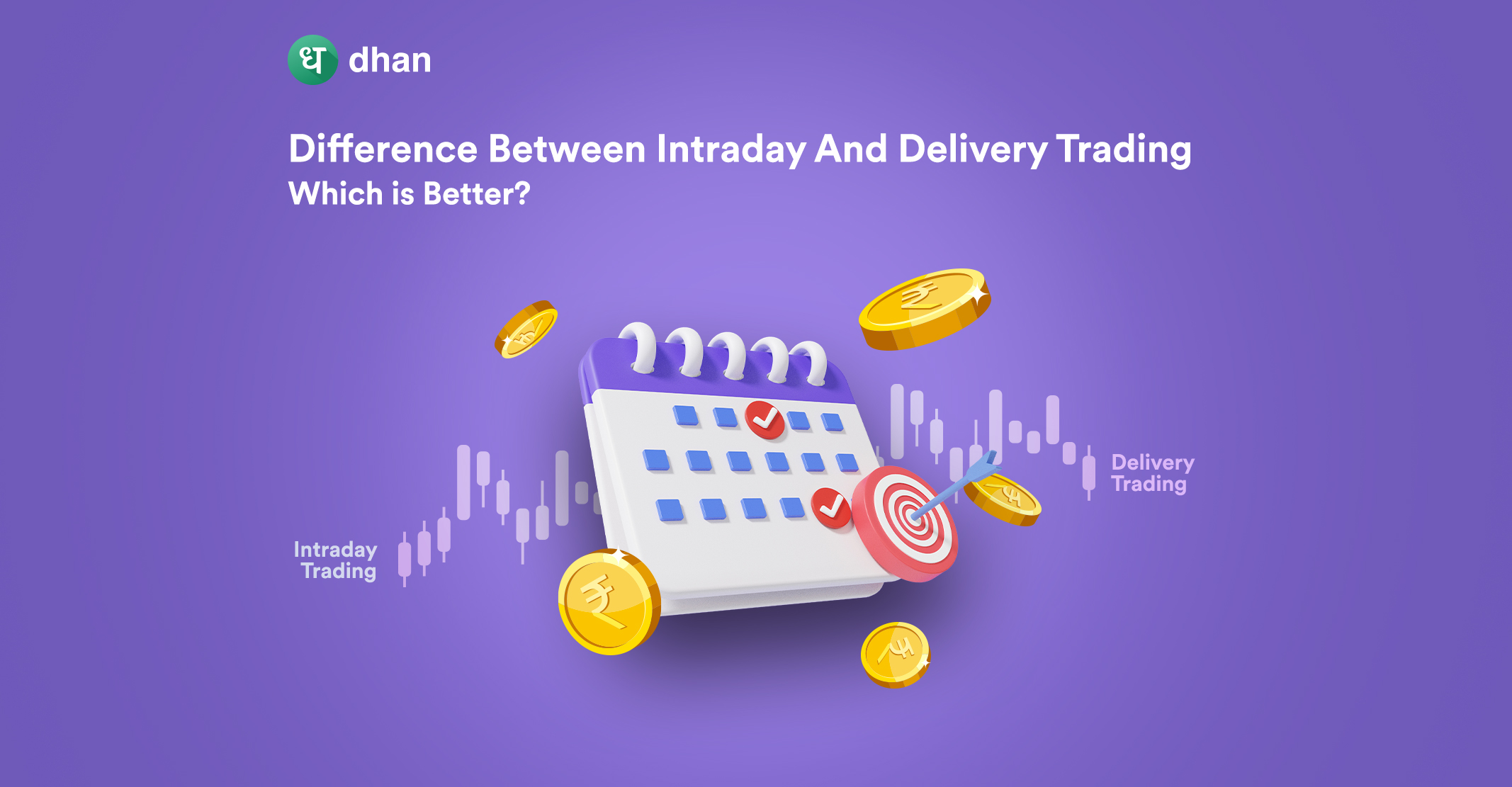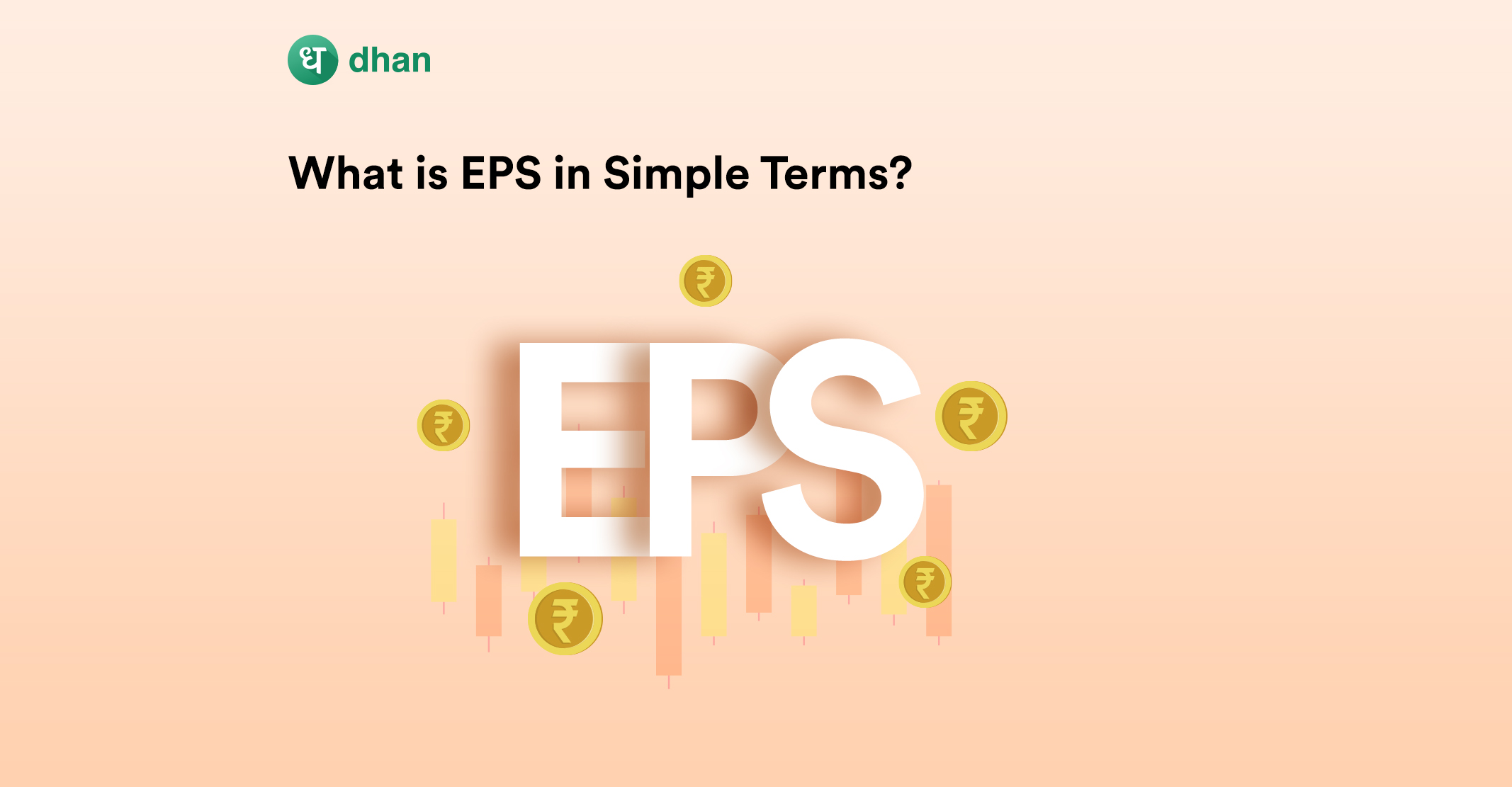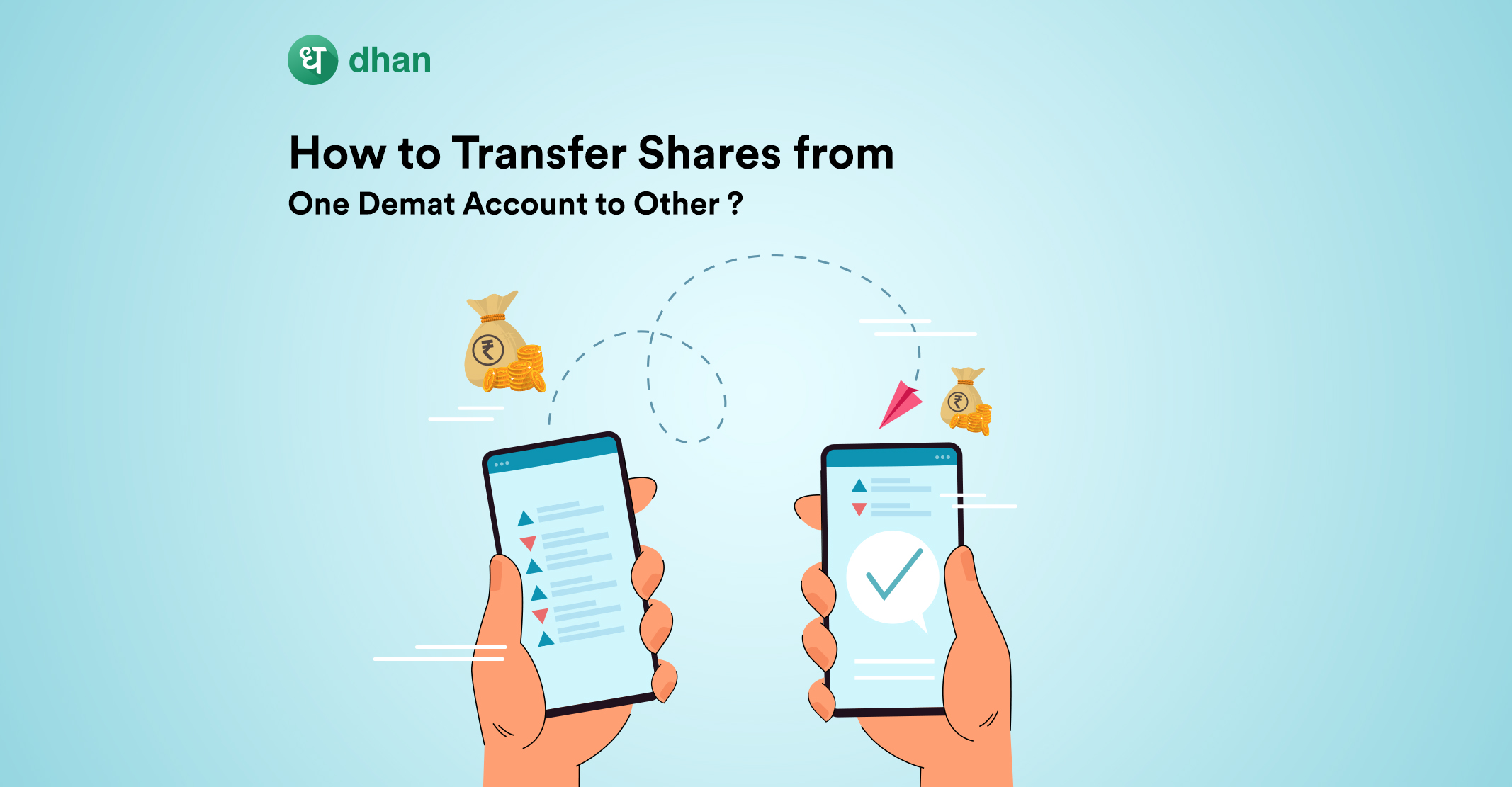Intraday and Delivery are the forms of online trading undertaken in the cash segment of the NSE and BSE. You can seamlessly undertake both, intraday and delivery trades through the an online trading platform or a stock trading app. In this article, let us understand the difference between intraday and delivery trading.
What is Intraday Trading?
- In intraday trading, you take advantage of the price fluctuations or gyrations in the stock-price movements.
- At the end of the trading day, your net stock position is zero and you only have to pay or receive the difference in the buying and selling position of the stock.
- On the settlement day on a T+2 day basis, you will receive any profit you have made to trade the shares or pay the loss (difference) to the counterparty.
- You should have sufficient capital to cover any differences payable by you, which is usually low and the period of holding the share is short, just one day.
- For intraday trading, you should be experienced in technical analysis or have the ability to read share price charts to predict its forward momentum and gauge potential profit-making opportunities.
The Pros & Cons of Intraday Trading
The Pros:
- No requirement for a large margin.
- No overnight holding of stocks reduces the impact of the risk of trend changes.
- If your projected trading strategies pan out, you can earn a large number of trading profits, if your bets are right.
The Cons:
- You have to continuously monitor your trading terminal as trend reversals may happen at any time.
- You have to be nimble in exciting positions.
- Sometimes there may be a lot of short covering in the market, turning your potential profit position into a loss.
- You lose out on the possibility of wealth maximization, which comes with long-term investments.
- If you are running at a loss and have also taken leverage to increase profits, this can exacerbate your loss.
What is Delivery Trading?
- In delivery trades, you buy the stock to pay the full money as well as take delivery of the shares into your holding account. Simply, you act as an investor to earn potentially larger profits.
- You should have a sufficiently large capital to take delivery of the shares. Even in delivery trades, the settlement takes place on T+2 days when you pay the funds through your online broker and receive the shares into your custody.
- As an investor, you should be able to fundamentally analyse the share’s intrinsic value to know that it is worth holding over long periods.
- There is no limit on the holding period – you can hold the purchased shares in delivery for two or more days. You must open an online trading and Demat account for delivery trades.
- The up-front margin requirements mandated by SEBI are not large for doing only intraday trading.
- In the case of delivery trades, SEBI mandates an upfront margin in either cash or securities to make payment and take delivery of shares.
The Pros & Cons of Delivery Trading
The Pros:
- There is no limit on your potential holding period in delivery trades, and you don’t need to watch the screen every time.
- This method results in long-term wealth maximization. You have the opportunity to earn dividends and get bonuses and splits into the purchased shares. It is in addition to long-term capital appreciation.
- The market’s interim trend reversals or gyrations do not affect your portfolio as the long-term trend is upwards if you are holding potentially fundamentally sound shares with intrinsic value.
The Cons:
- You should have sufficiently large capital to honour SEBI’s margin requirements and pay for your shares.
- By chance, if you buy a share with poor fundamentals, you risk losing money.
Key Takeaways
If you want to earn a daily income from the stock market, have a low capital base, make technical analysis well, and time the market very well, you can consider intraday trading.
However, if you have a sufficient corpus, can or have access to solid fundamental research to pick a quality stock, and accumulate a well-diversified portfolio as per your risk-return tolerance, nothing can beat your delivery trading. Wealth maximisation happens when you invest for the medium or long term in equities. All high net worth individuals have used a “Buy and Hold” strategy with infrequent trading to build their net worth.
Also, remember, whether you are doing intraday, or delivery trades…
- Buy Low and Sell High, don’t be overcome by greed.
- Don’t assume leverage.
- Always maintain appropriate stop losses.
- Choose the right trading platform.
You can also read:
- What are Different Types of Charges in Online Trading?
- Difference Between Fundamental and Technical Analysis
- What is a Good Rule for Investing in Stocks? The Dos and Don’ts
- How To Find Stocks for Intraday Trading?
Happy Investing 😇
Experience lightning-fast trading and investing in stock market ⚡
Disclaimer: This blog is not to be construed as investment advice. Trading and investing in the securities market carries risk. Please do your own due diligence or consult a trained financial professional before investing.




Comments are closed.